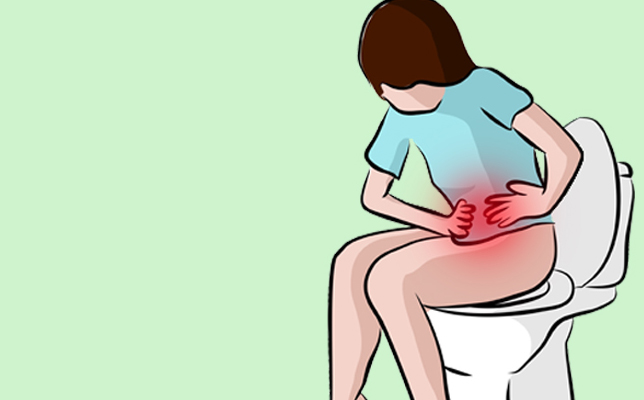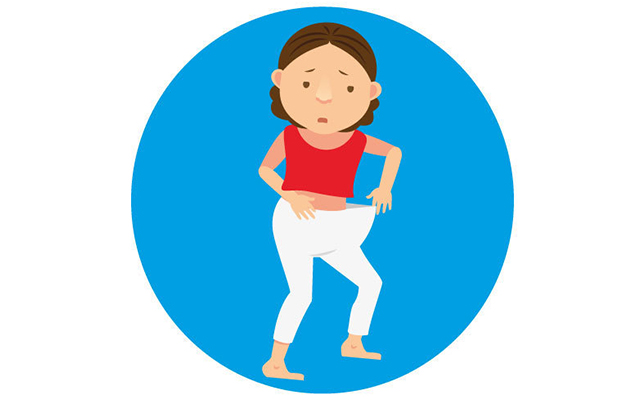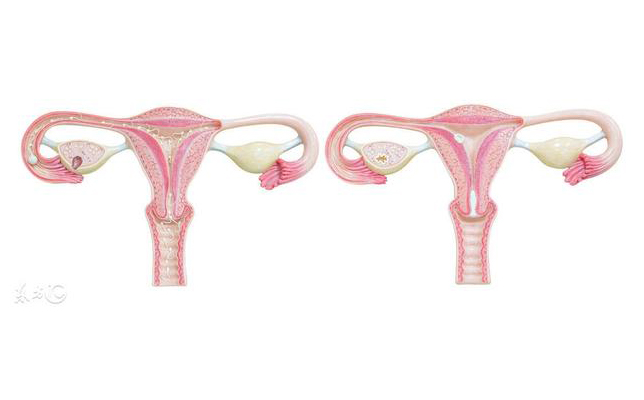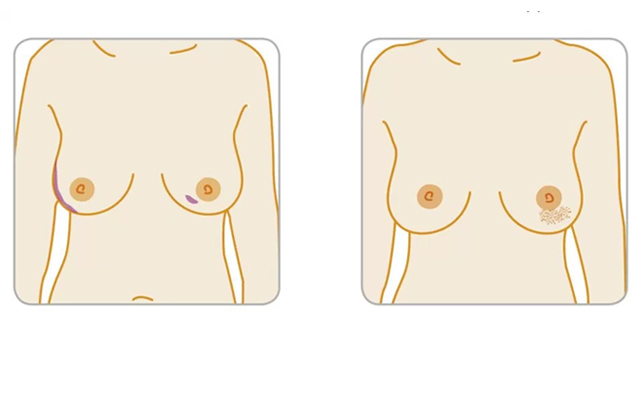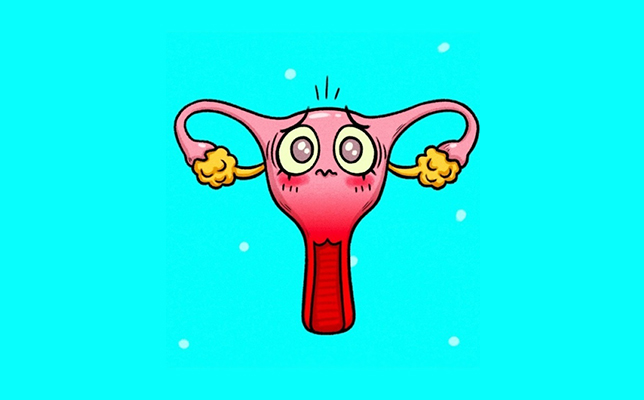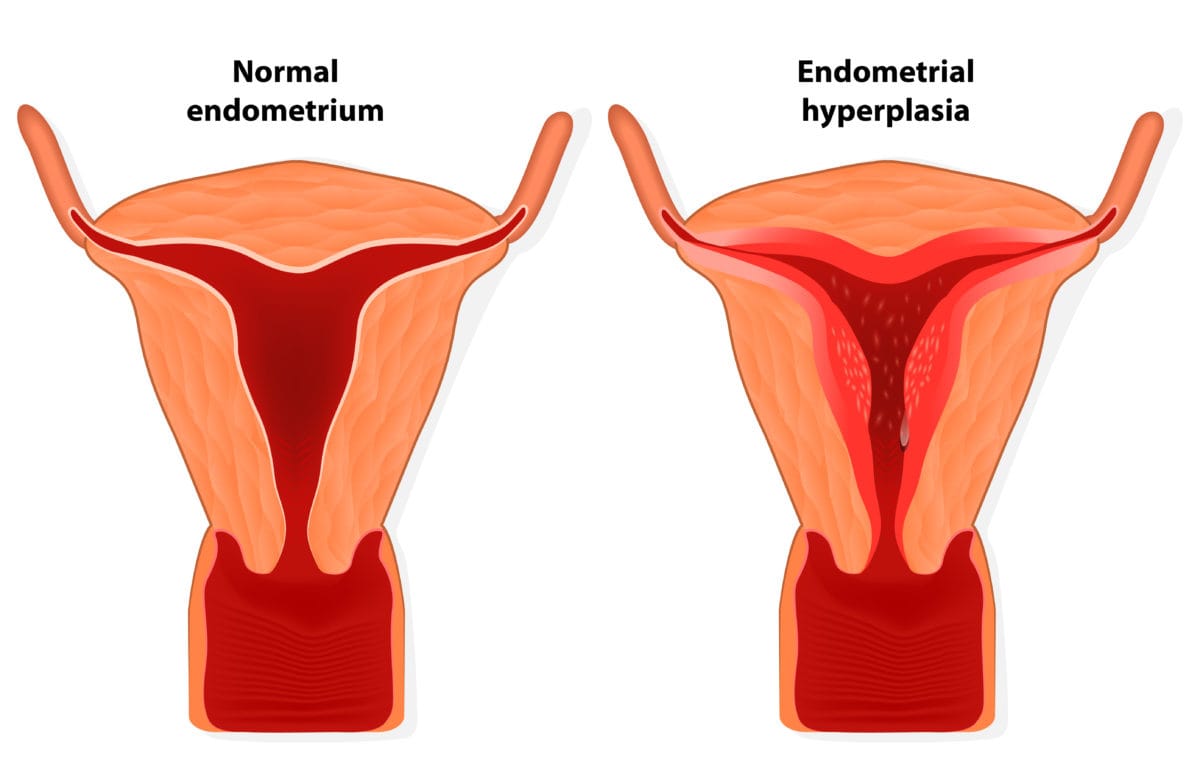The diseases that women can experience can be a little bit sneaky, the symptoms they can get can often mask themselves as something not that important and won’t get noticed so easily. But there are some thing that all women need to pay attention to, that they might not suspect that it’s unusual behavior of the body, but it actually is. You body can be subtly giving you hints, so we picked 7 symptoms that can be most common among women and can be often missed.
1. Increased Urinating
What it means: This is a symptom that we all might not notice, we blame the water, the supplements, the smoothies etc. but women, if this happens to you, and this is a sign of kidney failure of problems with the urinary tract. It can also be a hormonal misbalance or vaginal flora misbalance too. And if you urinate often and always feel thirsty, it’s a sign of diabetes.
How to recognize there’s a problem: Sometimes it may seem that you need to visit the bathroom too often when actually you don’t. The normal variety of toilet needs is counted as 4-10 times a day if you drink the usual amount of water. If you have noticed that you need to go out more frequently, visit a doctor.
2. Unexplained Weight Loss
What it means: Don’t get too excited if your scale measures that you’ve lost 2 pounds or more in a short period of time. Sometimes this can be symptom of Crohn’s disease, type 2 diabetes, or cancer. However it is, there’s definitely something wrong with the body.
How to recognize there’s a problem: If you lost 10-15 pounds in the last 2 months and you’re not doing anything new into your diet or workout, or you don’t do any sports or dieting, immediately see a doctor.
3. Hair In Places Where It Shouldn’t Be Hairy
What it means: Excessive body hair (also called hirsutism) means that there are too many male hormones in the body. The changes to the female appearance are definitely not the worst thing, because this leads to more serious problems like infertility, metabolism disorder, and it’s increased the possibility to breast cancer and endometrial diseases.
How to recognize there’s a problem: Don’t start to panic when you read this, women often think that almost all body hair is excessive. But if you notice too much moustache than regular, visit your doctor. There’s a chart that can help you with that.
4. Bleeding After The Menopause
What it means: Women usually notice blood after the menopause. The blood can be a sign of dangerous diseases like uterine cancer, cervicitis, myoma or other pathological processes.
How to recognize there’s a problem: Women that take hormone therapy can notice after 2 years of menopause bleeding like menstruation, and this is normal for them, it’s somehow expected. In other cases you should consult with a doctor.
5. Any Changes In The Breast
What it means: The first signs of a breast cancer can be very hard to notice. When it comes to pain in the lymph nodes and the breasts, you’re already too late.
How to recognize there’s a problem: Don’t underestimate your own observing of your body, breast cancer can give you subtle hints that something’s happening inside. Your nipples may be swelling, red or wrinkled skin, lumps and so on. Experiencing breast pain before your period is normal, but if this is happening on a daily basis, immediately visit a doctor.
6. Atypical Excretions
What it means: It may be that your body is experiencing some inflammatory process or has an infection. There can be a lot of reasons behind this, it can come from unprotected sex or maybe your body is fighting something else. Whatever it is, see a doctor.
How to recognize there’s a problem: Excretions should NOT be green or smelly, and don’t confuse this with the excretions between periods.
7. Heavy Periods
What it means: The reasons can be very simple (a hereditary condition, adjustmate to a new climate, or even working too much out in the gym) but they can be also very serious (a uterine myoma, endometriosis thyroid dysfunction). This can also be a sign of anemia.
How to recognize there’s a problem: If your period lasts for more than 7 days, this is a worrying sign, especially if the blood is bright red. A normal period cycle is from 21 to 35 days long, and the most important is that it should be stable. Don’t be shy when it comes to visiting a gynecologist, there’s no question that is “not too important” when it comes to your health.
Source: Bright Side

